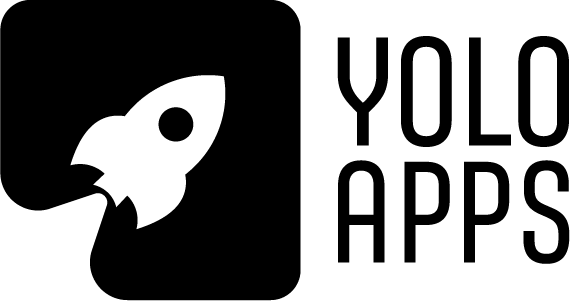Introduction
Validating an app idea is crucial before diving into the development process. It can save you time and resources and help refine your concept to meet market needs. Whether you’re an entrepreneur or a developer, ensuring your app idea has potential is essential. Let’s explore how you can validate an app idea effectively, using an example of an app designed to help students find online peers to assist them with homework and exams.
Define the Problem You Wish to Solve
Start by clearly defining the problem your app intends to solve. An effective app solves a specific problem for a particular group of people. In our example, the problem is that students often need help with homework and can only sometimes find assistance easily. Your app idea aims to connect students with peers for academic support, creating a community where help is readily available.
Identify the Target Audience & Size of the Potential Market
Understanding who your app will serve is crucial. Identify the target audience and estimate the potential market size. Our app’s primary audience would be students from middle school to college and university seeking help with their studies. Assessing the size of this market involves looking at student populations in schools and universities alongside trends in online education tools.
Do Market Research
Market research is critical to understanding the competitive landscape and the existing alternatives your audience might be using. Research competitors who offer similar services, analyze their strengths and weaknesses and identify how your app can offer something different or better. Look into online forums, educational websites, and app stores to see what users say about existing solutions.
Define the App, Create User Personas and User Flow
Defining your app involves detailing what it will do and how it will function. Create user personas for your app—fictional characters that represent your users. These personas help you understand your potential users’ needs, goals, and behavior patterns. Then, sketch out the user flow to illustrate the steps users would take to achieve their goals within the app, such as signing up, finding peers, or scheduling a help session.
Create a Customer Journey Map
A customer journey map outlines every interaction your customers have with your app, from discovering it to becoming regular users. This map helps visualize the entire customer experience, pinpoint areas where users might feel delighted or frustrated, and adjust the design and functionality accordingly.
Set Validation Goals and USP of the Product
Setting specific, measurable goals for your validation process is essential. Decide on metrics like user engagement, retention rate, and customer feedback. Define your app’s unique selling proposition (USP)—what makes it different and better than other solutions? For example, the app could instantly connect students with peers in real time for help.
Create and Test Prototypes
Finally, create a prototype of your app. This can be a simple wireframe or a more detailed interactive model. Testing this prototype allows you to gather feedback from a small group of your target audience before fully developing the app. Use this feedback to refine the app, addressing any usability issues or additional features that could enhance the user experience.

Conclusion
By following these steps to validate your app idea, you ensure that your target audience desires the product you develop and that it is viable in the competitive market. Each validation phase brings your app idea closer to reality, optimizing it to meet the needs and preferences of your potential users. Remember, the goal of validation is to prove your app can work and discover how it can succeed.

